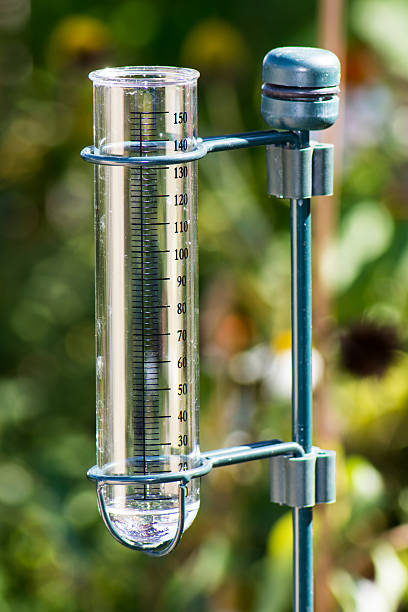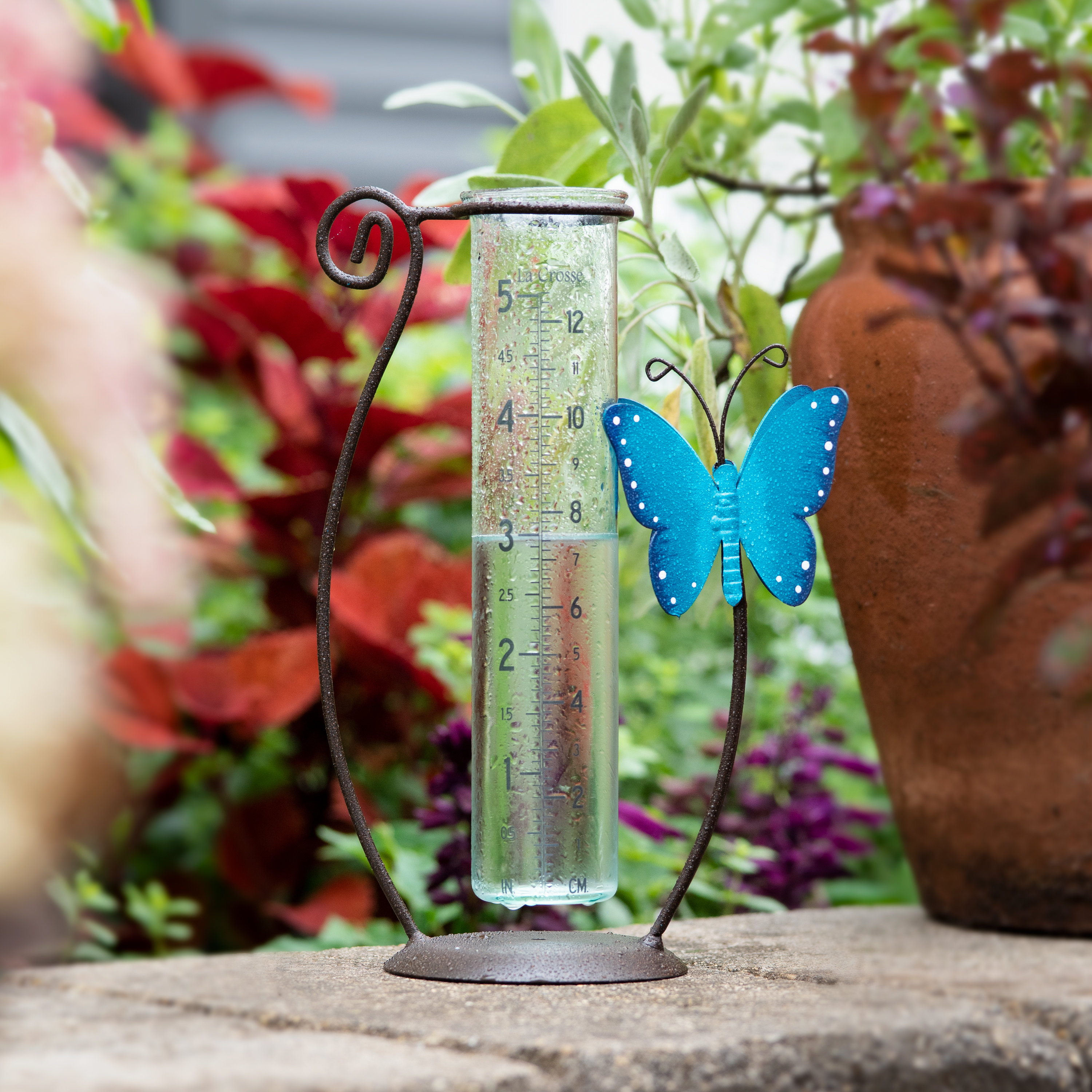Mastering the Scientific Research Behind The Rain Gauge: Insights and Innovations Revealed
Mastering the Scientific Research Behind The Rain Gauge: Insights and Innovations Revealed
Blog Article
DIY Rainfall Gauge: Straightforward Steps to Make Your Own
Developing your own DIY rainfall scale is a reliable and simple method to determine and videotape rainfall. With simply a couple of usual products and some standard actions, you can easily construct your own rain gauge at home. Allow's obtain begun on making your Do it yourself rainfall scale today!
Gather Products
To start creating your do it yourself rainfall scale, collect all the necessary materials using an extensive checklist of items. Having the right products on hand will ensure the successful creation of your rain gauge and enable exact dimensions of rains. You will certainly need a clear plastic container or cyndrical tube, such as a plastic bottle or jar. Make certain the container is transparent so that you can easily see the water level inside. Next, you will require a leader or gauging tape to note the increments on the container. This will allow you to gauge the quantity of rains precisely. Additionally, you will require a long-term marker or waterproof tape to note the dimensions on the container. This will ensure that the markings continue to be noticeable even when exposed to rainfall. Finally, you will certainly need a sturdy base or risk to safely hold your rain scale in position. This can be a wood or metal risk that can be inserted right into the ground or a durable level surface to provide security. Gathering these products beforehand will certainly improve the building and construction procedure and ensure that you have whatever you need to develop your very own DIY rainfall gauge.
Prepare the Container

Mark the Dimension Increments
To accurately gauge the quantity of rainfall, accurately noting the measurement increments on your DIY rainfall gauge is necessary. Without clear and exact markings, it would be hard to establish the precise amount of rains gathered in your rain scale. Here are the actions to mark the dimension increments on your rain scale.
First, determine on the system of dimension that you want to use. One of the most common devices for determining rains are inches and millimeters. Utilize an irreversible marker or water-proof paint to mark the increments on the side of your rainfall gauge when you have actually chosen the device. For inches, you can mark every quarter inch or every fifty percent inch, relying on your preference. For millimeters, you can note every 10 millimeters or every 20 millimeters.
When noting the increments, it is essential to make sure that they are evenly spaced and clearly noticeable. Make use of a ruler or gauging tape to guarantee precision and consistency. In addition, ensure that the markings are immune to fading or rubbing off, as exposure to the components might cause them to degrade in time.
Location the Rainfall Gauge Outdoors
The rain gauge should be placed outdoors to accurately collect rains data. The area selected for the rainfall gauge ought to click for more info be complimentary and open from any type of obstructions that could potentially influence the dimension of rains. The Rain Gauge.
Furthermore, it is vital to place the rain gauge on a secure surface area, such as a level ground or a durable message. This will protect against any kind of motion or tilting of the gauge, which could bring about imprecise dimensions. It is also advisable to stay clear of putting the gauge near any kind of resources of synthetic water, such as sprinklers or water drainage systems, as this might disrupt the precision of the measurements.
Monitor and Document Rainfall Information
Routine monitoring and recording of rains data is essential for exact data evaluation and interpretation. By monitoring rains measurements, you can obtain useful insights right into weather patterns, environment trends, and water source administration. To effectively keep an eye on and record rains data, it is vital to establish a regular and preserve regular methods.
To start with, make sure that your rainfall gauge is placed in an open area away from barriers such as trees or buildings that might obstruct rainfall. In addition, see to it the rainfall scale is level and firmly anchored to avoid any kind of motion that can affect the precision of the dimensions.

When recording the rainfall data, it is very important to keep in mind the day and time of each dimension. Use a ruler or a measuring stick to figure out the rains deepness in the rainfall scale, and document this details accurately.
To ensure the accuracy of the measurements, it is recommended to clear the rainfall scale after each recording. This will certainly stop any type of overflow More hints or evaporation from impacting subsequent measurements.
Verdict
To conclude, producing a DIY rain scale is a practical and simple means to keep track of and tape-record rains information (The Rain Gauge). By complying with the steps outlined in this write-up, you can conveniently gather products, prepare the container, note the measurement increments, and position the rain scale outdoors. useful content Consistently checking and taping rainfall information can provide beneficial info for different purposes
Having the best materials on hand will certainly ensure the successful creation of your rain gauge and allow for precise measurements of rains.To precisely determine the amount of rains, precisely marking the dimension increments on your DIY rain gauge is crucial.The rain gauge should be put outdoors to accurately collect rainfall data. The place chosen for the rainfall gauge should be open and totally free from any blockages that can possibly affect the measurement of rains.In final thought, developing a DIY rainfall gauge is a useful and straightforward means to keep track of and tape rains information.
Report this page